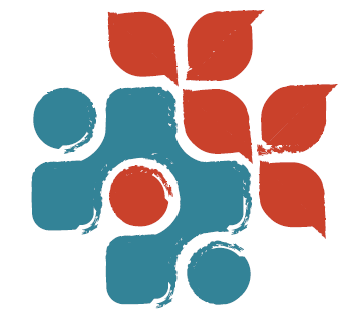Got Back Pain? Pilates Can Help!
A top complaint from clients new to CoreWorks, and one of the most common reasons people turn to Pilates is back pain. If your lifestyle has involved sitting at a desk all day, driving long distances, flying on a regular basis, pregnancy, or raising young children, chances are good you’ve had at least a brush with some kind of back discomfort. And if you’re heading off to a high intensity type of exercise like CrossFit or hockey once or twice a week, with little time for stretching or anything else, you’re a prime candidate for Weekend Warrior Syndrome.
Back pain is a complex issue, but we usually see a number of factors that contribute to it: lack of core strength, dysfunctional movement patterns, muscular tightness or imbalances, scoliosis, herniated discs, osteoarthritis, degenerative disc disease, and other conditions. Environmental factors like your mattress or the ergonomic setup of your desk or work station can also be an issue, or occupational hazards like repetitive movements and strain from your work-related activities (these often manifest in musicians, hair stylists, dentists, etc.).
A physiotherapist can help you determine the root cause of your back pain--sometimes imaging is required to confirm whether your pain is the result of a disc injury or a degenerative condition--and point you in the appropriate direction if you require manual treatment or active physiotherapy (like Physio Pilates), or if you’d benefit from regular Pilates classes.
We asked Romtin Shaaban Khamseh, one of our resident physiotherapists, what he looks for during an initial assessment when someone is complaining of back pain.
R: Aside from the obvious questions related to low back pain, what I am really interested in knowing is what are the hips and the thorax doing. The hips and the thorax are regions that normally offer lots of mobility, especially when it comes to twisting/rotation. When mobility in these regions are restricted or poorly controlled, the low back will do it's best to compensate and take the extra stress, and some times that extra stress translates into low back pain.
We also wanted to know what type of Pilates exercises Romtin typically prescribes to address back pain.
R:It all depends on what the cause of the low back pain is. The exercises should be aimed at addressing the underlying cause. Nevertheless, if the low back itself is the cause of the injury, my go to Pilates exercises are those that emphasize segmental spinal control and awareness like cat-cow and side lying eel.
Whether you’re starting Pilates to cross train as an athlete, returning to exercise after pregnancy or injury, or as a last resort to address pain that is preventing you from doing the things you love, everyone is able to benefit from Pilates-based rehab and exercise programs. Back pain is a complex issue and the way we address it in the Pilates studio differs with each patient and their unique situation. Check out our instagram this month to see some of our go to Pilates based exercises for back pain.
